What is tableaux vivants?
The phrase itself is a French phrase which translates to ‘living picture’. A tableaux vivant is a static scene where there is a singular or multiple models telling some sort of story. These paintings and images are usually well thought out, not only in terms of lighting and camera settings but also in terms of costume, positioning, background as all these factors contribute to the message being sent across to the receiver of the image. This type of imagery combines aspects of theatre and photography to create a staged reality.
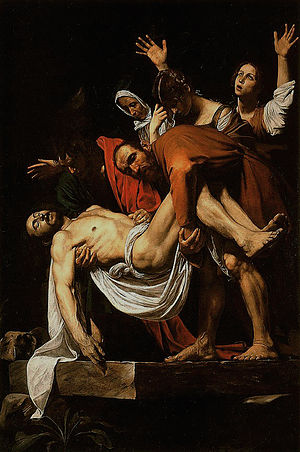
In this Tableaux we can see these two men lifting up another man, who seems to be dead. You then have two woman who are in the background, almost caring for the man. The woman in the top right corner seems like she is praying or calling for god in order to make sure the dead man is safe. The other woman seems as if she is taking in the fact the man is dead and is morning over his death. The clothes worn by the models tell us that the scene is set in the olden day. The background is completely black which allows the viewers attention to be solely focused on the scene being portrayed in the foreground. It also portrays the idea that the dead man is in an empty void, as that is the general consent with death now a days. The most lit up area of the tableaux is the dead man who is located in the center of the frame, the other people then get less lit the further away they are from the man. This lighting technique implies that the man is the main focus point, and that he was someone who may have been considered important at that time. The lighting also seems to be creating a chiaroscuro effect on some of the models allowing a contrast of tonal regions to be presented in the image. The prominent formal elements found in this image is tone, shape and texture which is shown throughout the bodies found in the foreground in the image. Due to this being a painting no photography techniques have been applied. However, analysis it as if it was a photograph the ISO is low as there is no intended noise within the image. Moreover, the shutter speed is likely to be quick and the aperture is small as not much light is being let into the image. Finally, the depth of field is large as it is all in focus. Contextually, the image was painted for a church not long after the death of Saint Peter. Saint Peter was said to be cruicified Moreover, the people surrounding him are religious people who are lowering him into his tomb.
The traditional feast days of Saint Peter are:
- January 18, Feast of the Chair of St. Peter at Rome
- March 19, Feast of the Chair of St. Peter at Antioch
- June 29, Feast of Saints Peter and Paul
- August 1, St. Peter in Chains
- November 18, Feast of the Dedication of the Basilicas of Saints Peter and Paul
Taken from: http://www.newworldencyclopedia.org/entry/Saint_Peter
I can now see an emotional attachment and story which is being presented within this oil painting. Viewers who are more religious may find this image more meaningful and empowering than I do. However, after researching this image I understand that a successful Tableaux needs to tell a story and create an emotional attachment with the receiver of the image
As a class we decided to do a group photo shoot based on ‘Entombment of Christ (Deposizione) (1601-3) ‘. This allowed me to understand the thought process that I need to use when going on to create my Tableaux image. I learnt that all aspects play a massive role within making the image. The photographs where taken in the studio with artificial lighting.
Contact Sheets
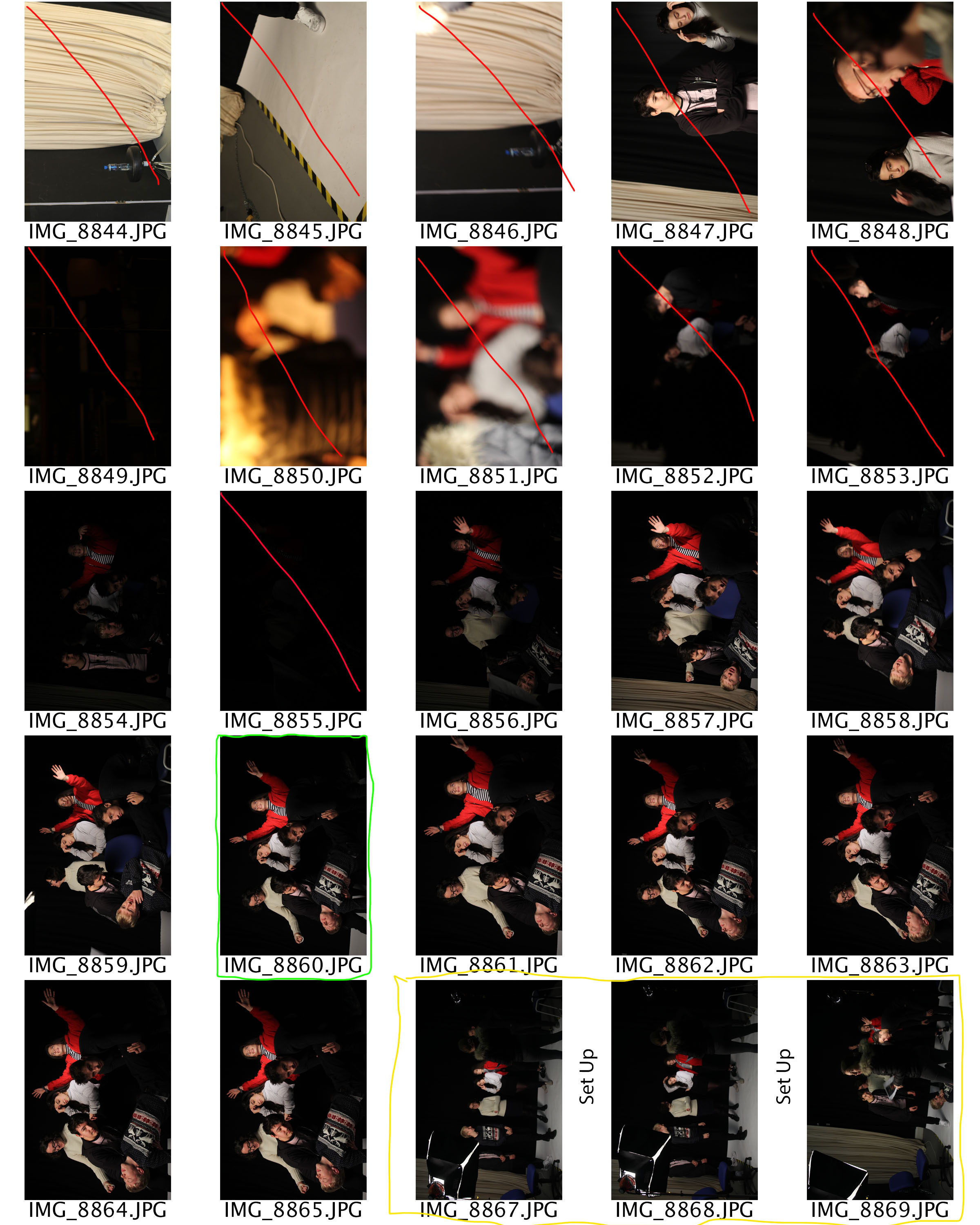
Final Outcome
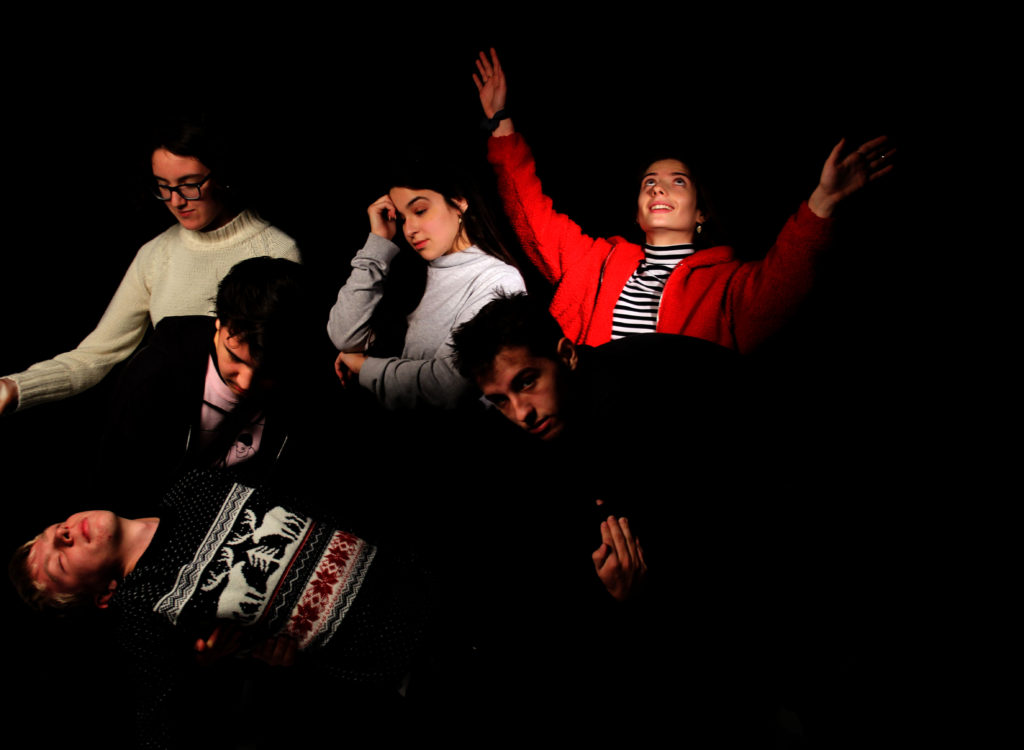
This final outcome was successful as it looks very similar to the original painting. The lighting is similar as well as the poses and postures. However, the costumes used are not the same which sort of ruins the old day effect. To edit these images I decided the level the images and adjust to make the image darker allowing the background of this image like the painting

We also decided to re create Eugene Delecroix ‘Leading the people’ as another example of Tableaux photography. This is another painting taken from what seems to be the french accomplishing something, almost like the war which is suggested by the guns and dead people. The reason for doing another tableaux with the class was to ensure that I knew exactly what I was doing for my own tableaux.
Contact Sheets
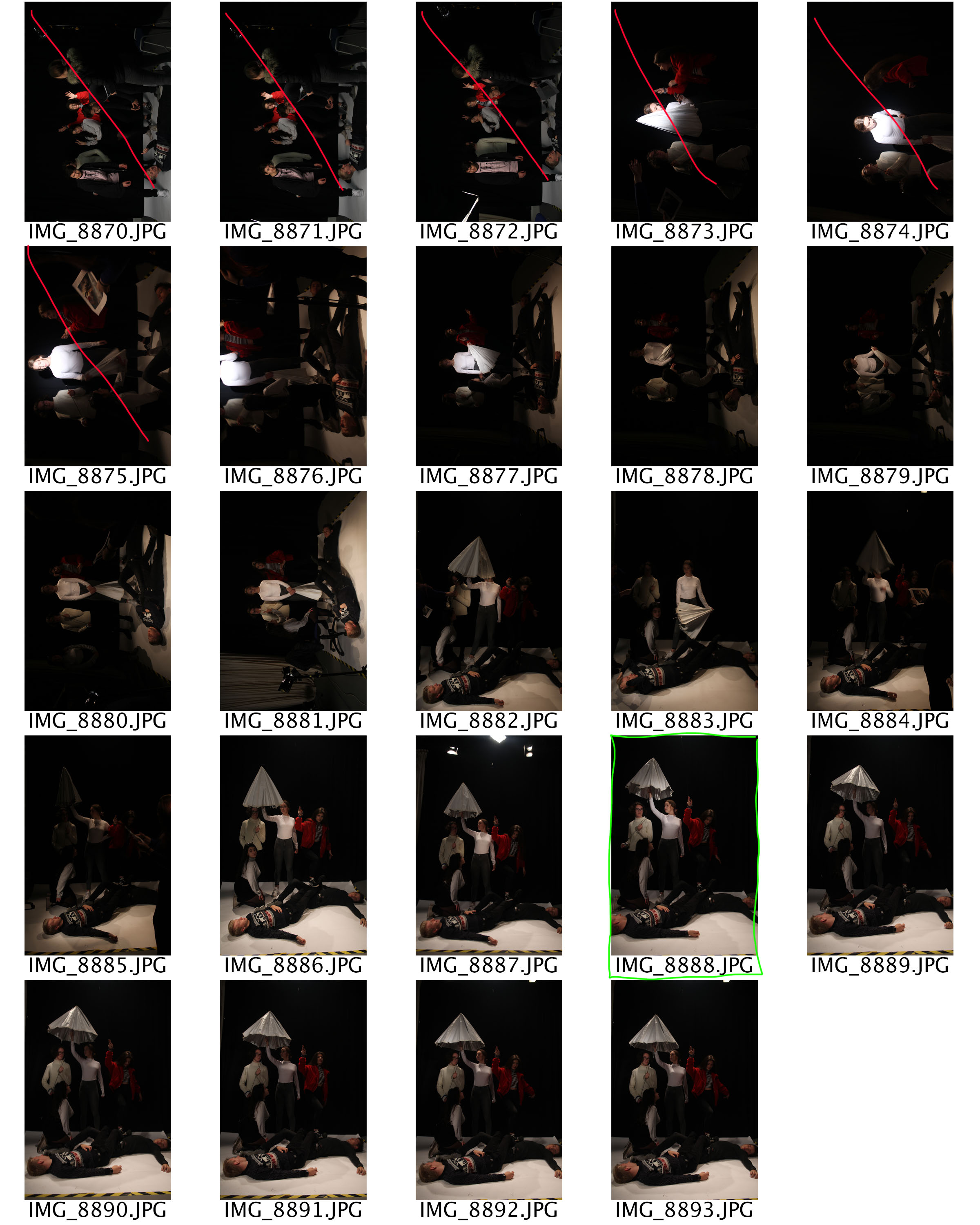
Final Outcome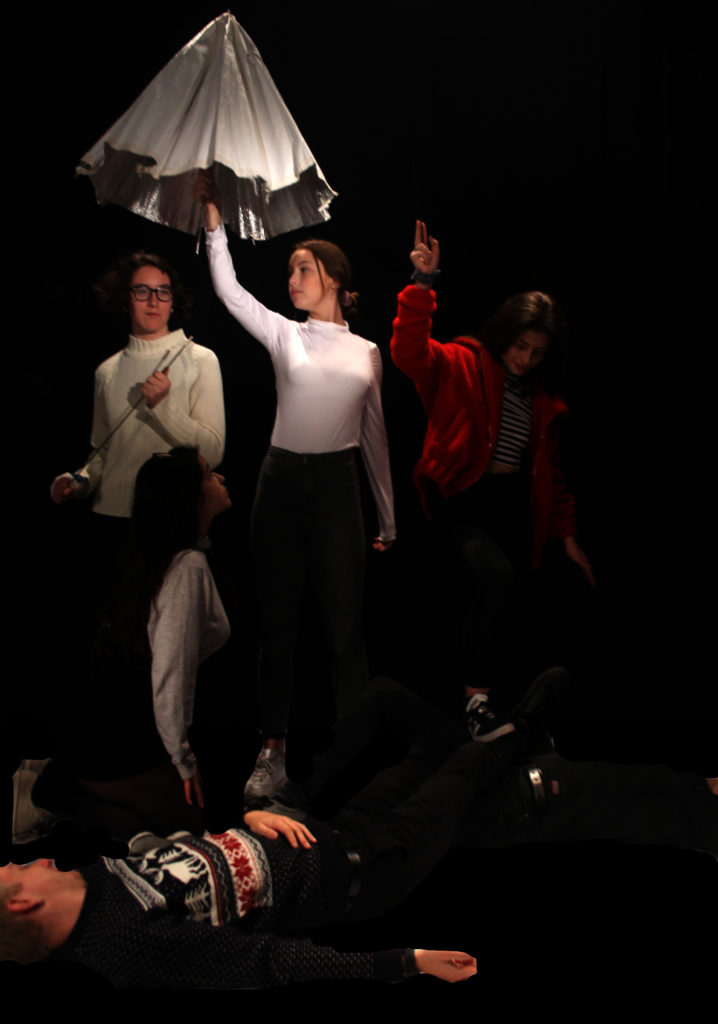
This was the best outcome taken from this photo shoot. There is a clear spotlight on the model in the center to ensure she is the main focus point, like she is in the original painting. I ensured the background was black, as we did not have the background of the original image. The main difference between the original and my image is that the props and clothes are different which somewhat ruins the overall effect. To edit these images I just adjusted the levels and curves to ensure the sharpness was accurate.
